India boasts around 106 national parks, highlighting the country’s commitment to preserving its rich flora and fauna. Among these, some national parks are particularly notable for their vast expanses. Today, we will explore the top 10 biggest national parks in India as of 2024. Let’s dive right in!
Top 10 Biggest National Parks In India
1. Hemis National Park, Jammu and Kashmir
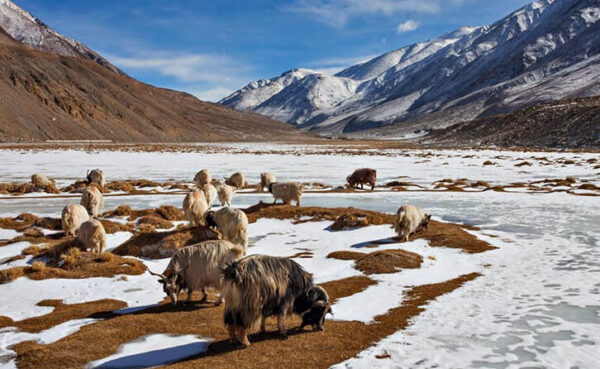
Leading the list is Hemis National Park, the largest in India, covering an impressive 4,400 square kilometers. This park is crucial for the conservation of the elusive snow leopard and features a diverse landscape ranging from lush green valleys to stark high-altitude deserts. It is home to various species, including the Tibetan wolf, Eurasian brown bear, and red fox. Hemis National Park is a must-visit for anyone passionate about Himalayan wildlife conservation.
2. Desert National Park, Rajasthan
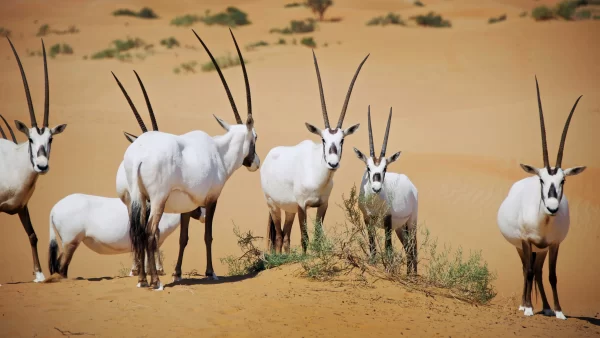
Next is Desert National Park in Rajasthan, spanning 3,162 square kilometers of the Thar Desert. Despite its arid conditions, the park teems with life and is a crucial habitat for the critically endangered Great Indian Bustard. The park’s vast sand dunes and scrublands offer a unique view of desert life, making it a significant site for wildlife and ecological balance.
3. Gangotri National Park, Uttarakhand

Gangotri National Park covers 2,390 square kilometers and is not only rich in biodiversity but also holds spiritual significance as the source of the River Ganges. The park supports various species adapted to cold conditions, such as the Himalayan tahr and blue sheep. For those interested in both spiritual and natural exploration, Gangotri National Park is a must-visit destination.
4. Namdapha National Park, Arunachal Pradesh
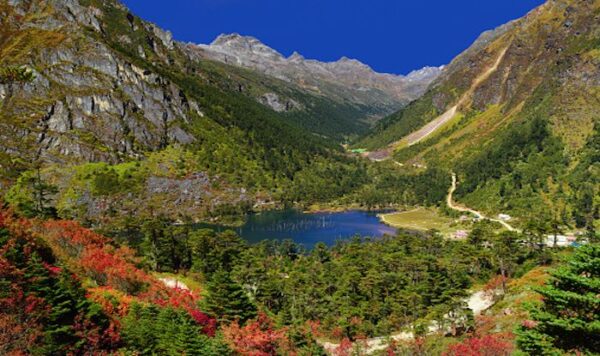
In Arunachal Pradesh, Namdapha National Park stretches over 1,985 square kilometers and is a unique treasure within the Eastern Himalayas. It is the only national park in India where the “big four”—tiger, leopard, snow leopard, and clouded leopard—coexist. The park’s diverse ecosystems range from tropical rainforests to alpine meadows, making it a critical conservation area and a showcase of remarkable biodiversity.
5. Khangchendzonga National Park, Sikkim
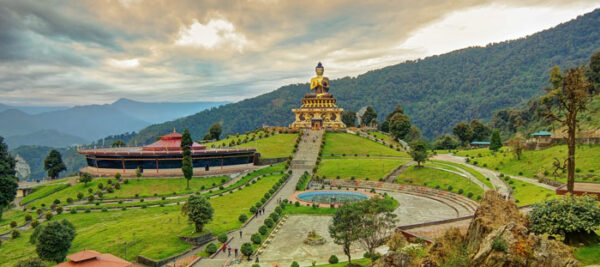
Khangchendzonga National Park in Sikkim covers about 1,784 square kilometers and is named after the majestic Mount Khangchendzonga. This World Heritage Site features stunning glaciers, serene lakes, and expansive meadows. It is home to species like the red panda and the snow leopard, offering an extraordinary experience for nature enthusiasts.
6. Guru Ghasidas (Sanjay) National Park, Chhattisgarh
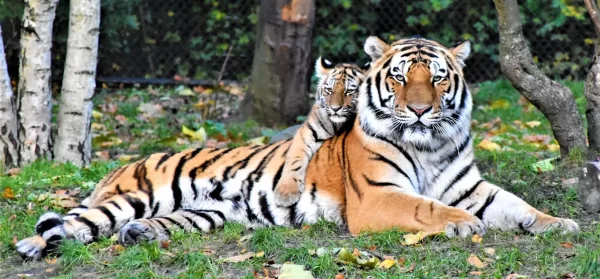
Guru Ghasidas National Park, also known as Sanjay National Park, spans 1,440.7 square kilometers. It is an emerald oasis with dense sal and bamboo forests, providing habitat to various wildlife species, including tigers and leopards. For nature lovers and wildlife enthusiasts, exploring this park feels like paradise.
7. Gir Forest National Park, Gujarat
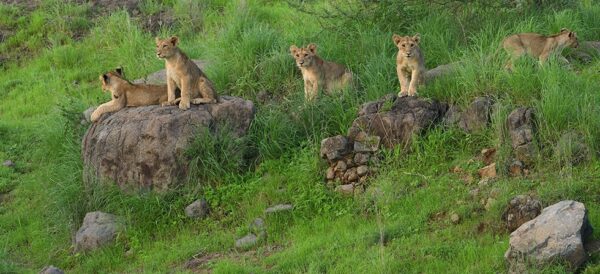
Gir Forest National Park in Gujarat is renowned for being the only place in the wild where Asiatic lions can be found. Covering 1,412 square kilometers, the park is also home to leopards, hyenas, and various deer and antelope species. A visit to Gir offers a rare opportunity to see these majestic lions in their natural habitat.
8. Sundarbans National Park, West Bengal

Sundarbans National Park, spanning 1,330.1 square kilometers, is part of the world’s largest mangrove forest. This UNESCO World Heritage Site is known for its role in protecting inland areas from storms and rising sea levels. It is also home to the Royal Bengal Tiger, making it a vital site for both ecological balance and conservation.
9. Jim Corbett National Park, Uttarakhand

Jim Corbett National Park, covering 1,318.5 square kilometers, is one of India’s oldest and most historic national parks. It was the first park to be included in the Project Tiger initiative. The park features a variety of geographical landscapes, from ridges and plateaus to riverine belts and rolling plains, and is home to Bengal tigers, elephants, and numerous bird species.
10. Indravati National Park, Chhattisgarh
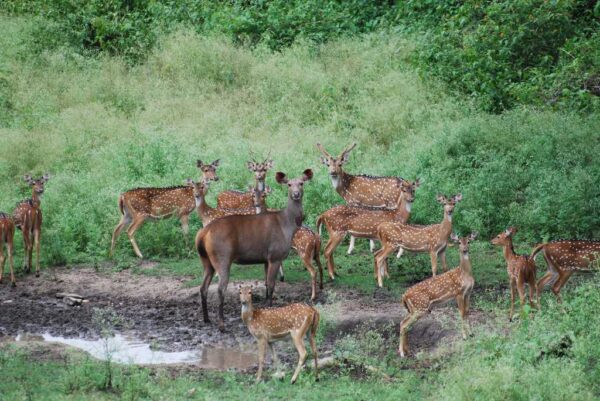
Lastly, Indravati National Park in Chhattisgarh extends over 1,258.4 square kilometers and is named after the Indravati River. It is an important sanctuary for the Wild Asian Buffalo and a critical tiger reserve. The park’s deep tropical forests and hilly terrains make it a haven for wildlife enthusiasts and photographers.
Conclusion
These national parks are among the biggest national parks in India and offer an unparalleled experience of the country’s wildlife and natural beauty. Their vast land areas are not only impressive but also crucial for the preservation of diverse ecosystems and wildlife. If you’re passionate about exploring India’s rich natural heritage, these parks should be at the top of your list.


